By Amit Roy
BORIS JOHNSON has already indicated the government will stop the early release of convicted terrorists.
It follows the incidents involving Usman Khan 28, on London Bridge on November 29 last year, and Sudesh Amman, who was shot dead by armed police in Streatham in south London last Sunday (2).
He was only 20. On December 17, 2018, Sudesh Mamoor Faraz Amman was given three years and four months at the Old Bailey for possessing terrorist literature.
He pleaded guilty to 13 charges.
The court heard he “used a family WhatsApp group to share recruitment material with his five younger brothers. The document, an al-Qaeda magazine called Inspire, edition 16, was sent to the group, which also included extended family members in Sri Lanka. It encouraged readers to launch lone wolf attacks …. He also shared bombmaking instructions with a person he was in a relationship with.”
When police arrested him in May 2018, “they found he had instructional material on knife fighting techniques, including documents called Bloody Brazilian Knife Fighting Techniques, US Army Knife Fighting Manual Techniques and Close Combat. He also had a number of bomb-making manuals including How to make a bomb in the Kitchen of your Mom, the Improvised Munition Handbook, and the Anarchist Cookbook.
Amman was living at home in Brancker Road, Harrow, with his mother and six other siblings who were said to be known to social services.
He was arrested by armed police after Mark Van Der Berg, who runs an anti-extremist blog, highlighted the existence of posts in a closed Telegram chat room. Amman’s social media chat was said to have included an “expressed desire to carry out a knife attack”.
Stopping early release of terrorists does not deal with the underlying problem of how young people are radicalised in the first place. For a start, Labour MPs and elders of the community, who have been whipping up frenzy over Kashmir, should stop.
Usman wanted to set up a terrorist training camp in Pakistan.
Meanwhile, Amman “denied that the Army of Madinah in Kashmir, a book by the British alQaeda leader Dhiren Barot - who is serving 30 years for a plot to blow up central London hotels using radiological ‘dirty bomb’ - was a terrorist publication”.
The book discusses the killing of Indian soldiers, among other things.

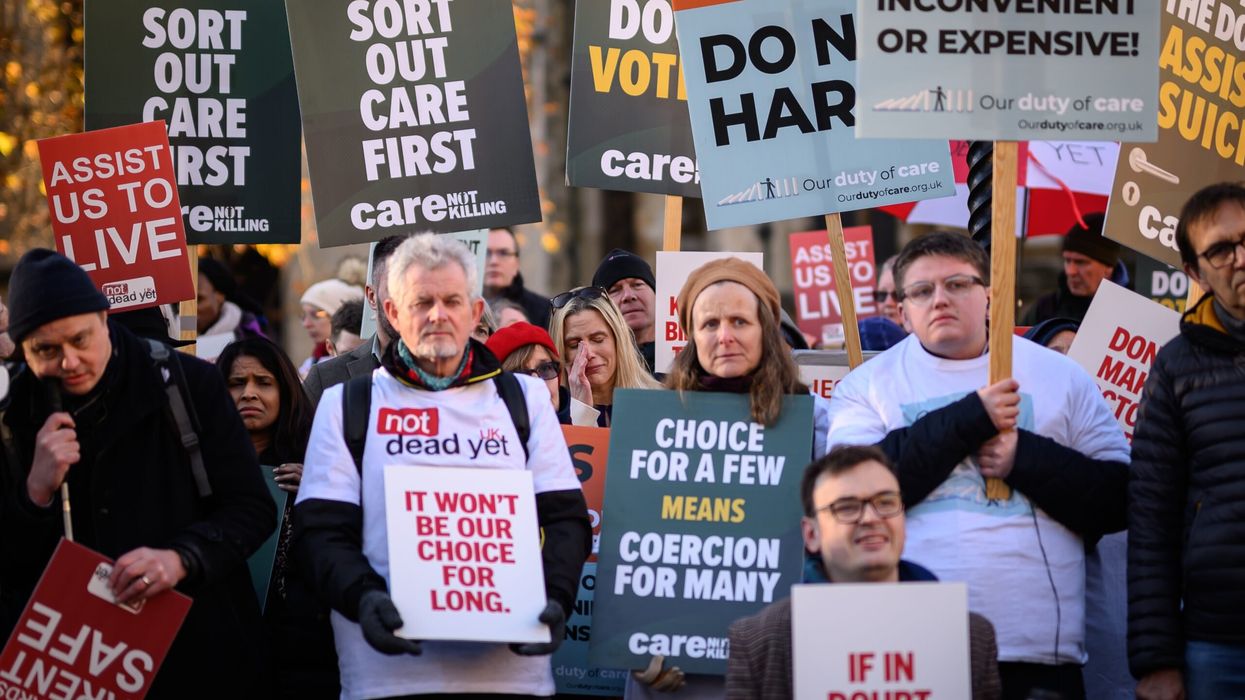
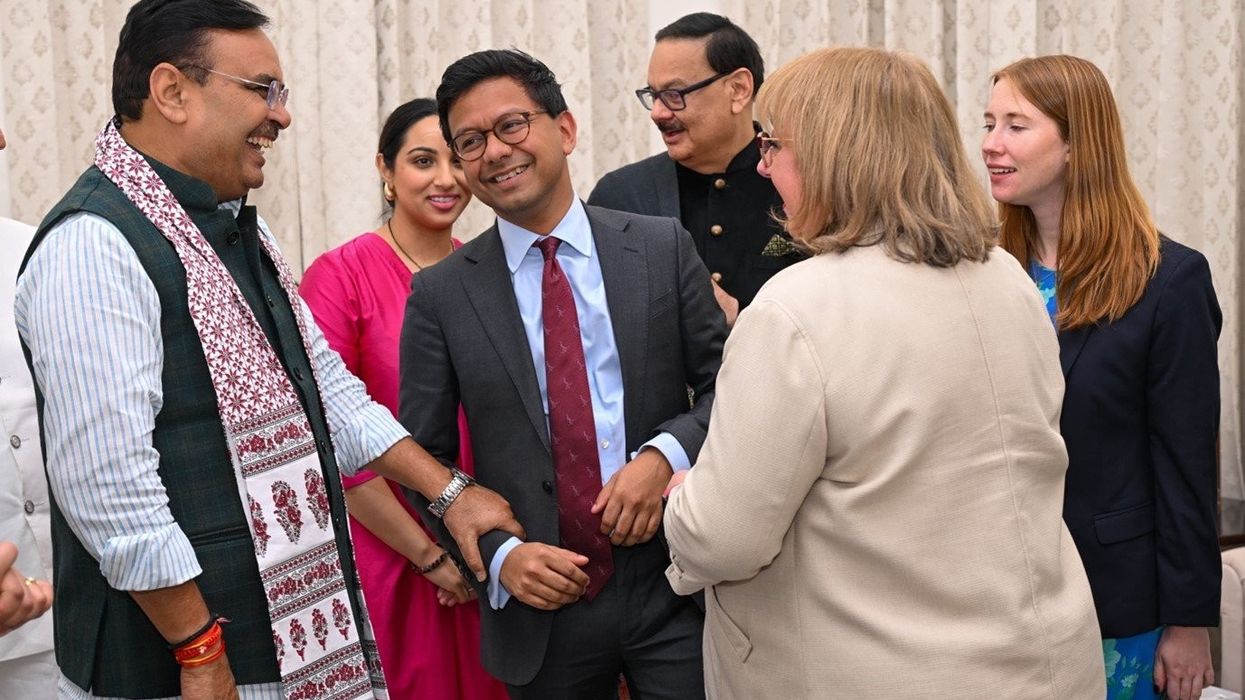
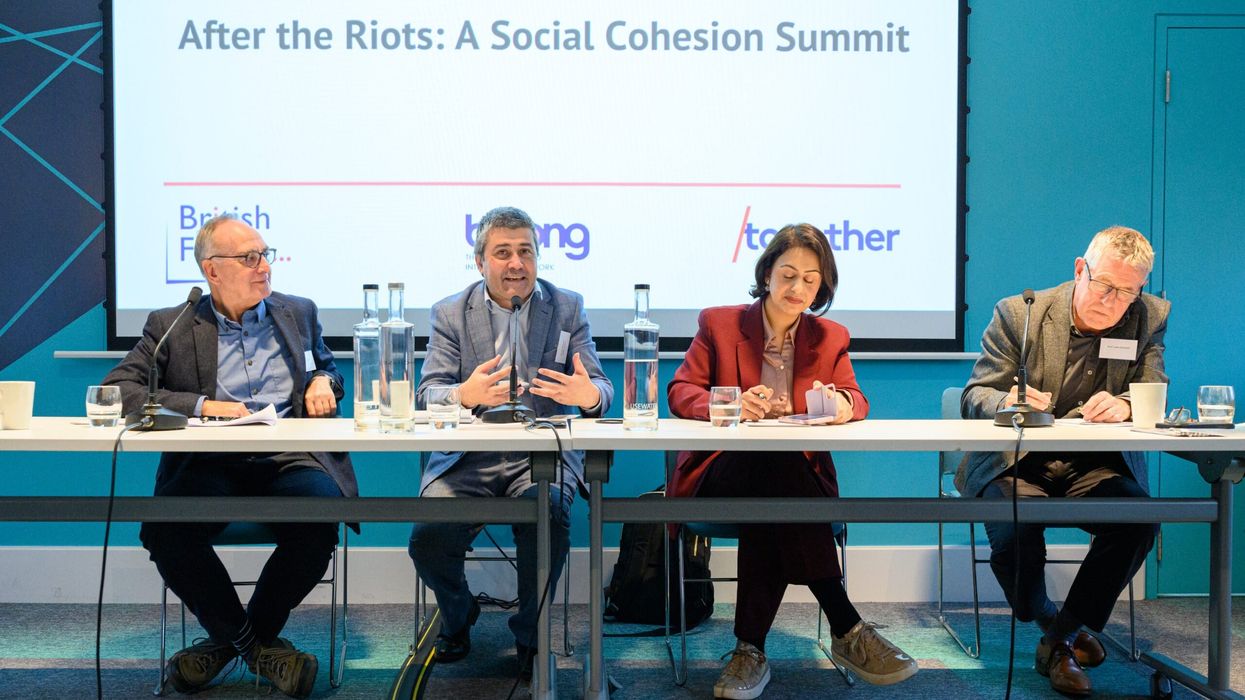
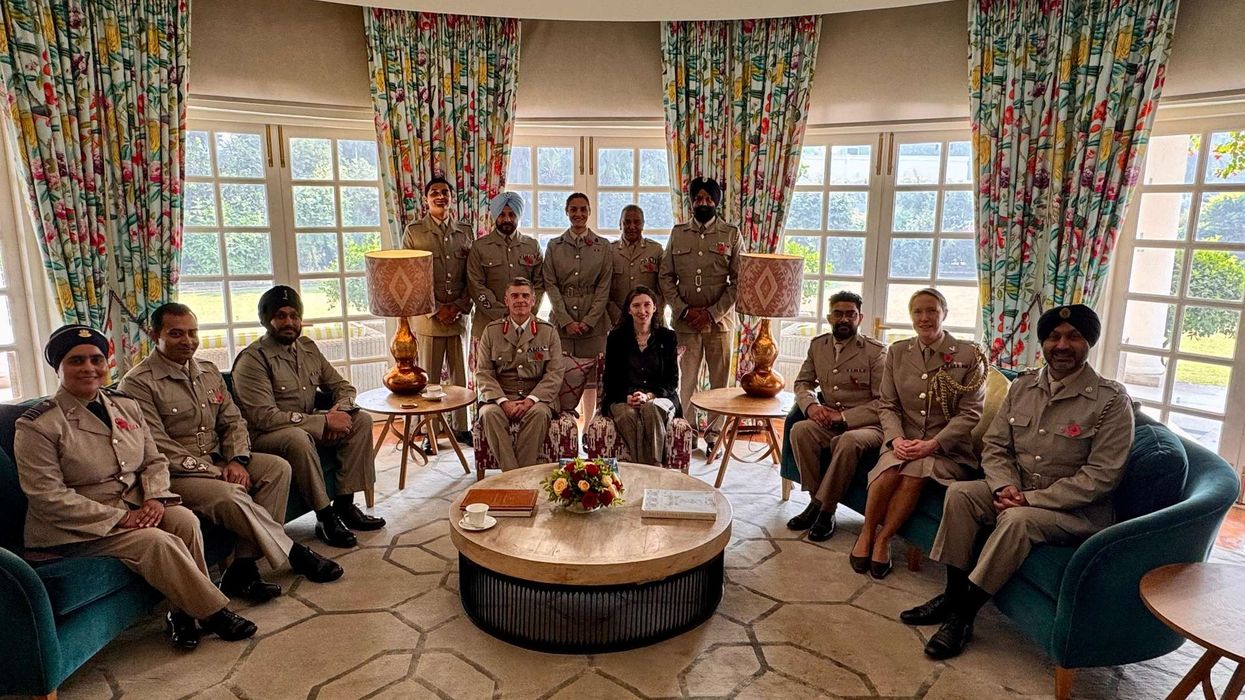
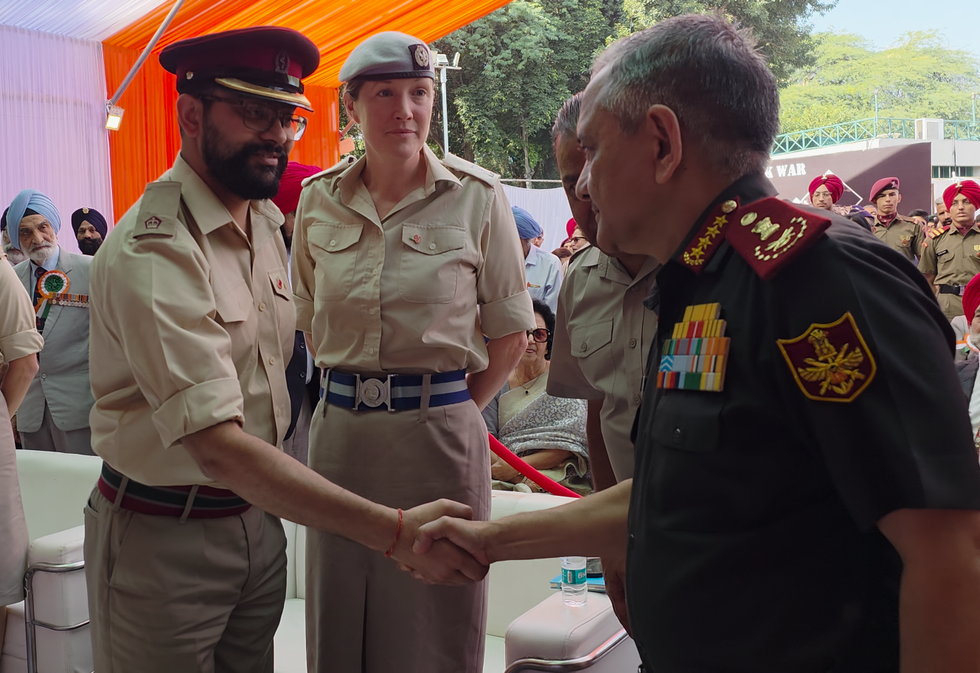

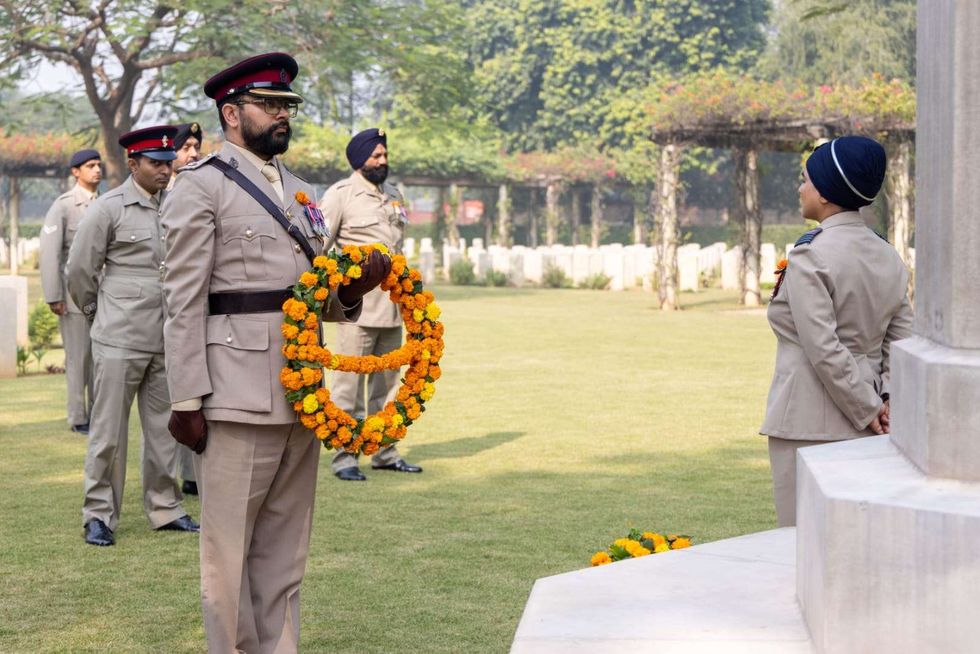
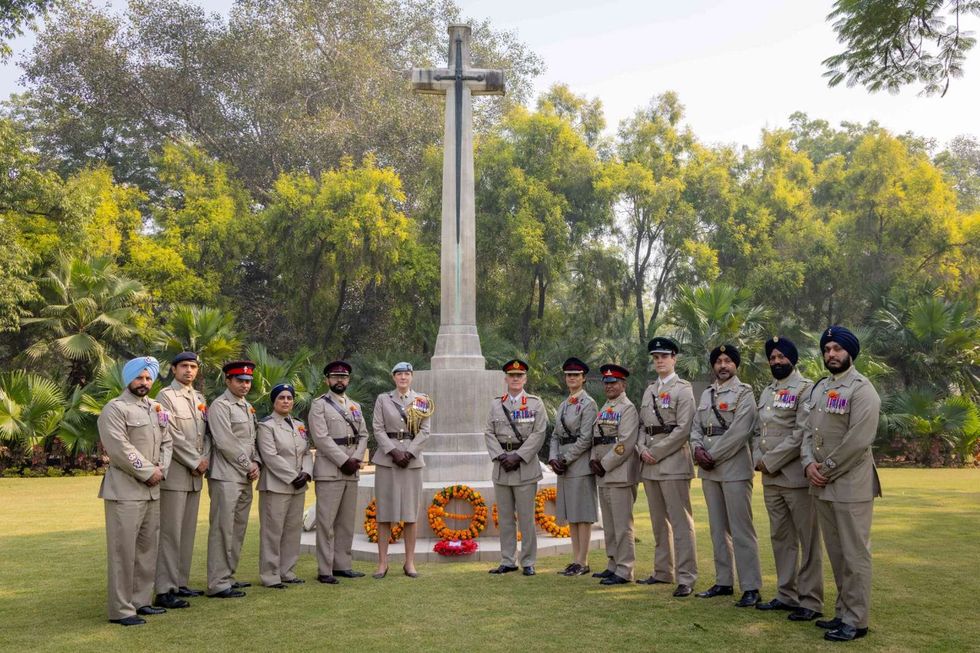
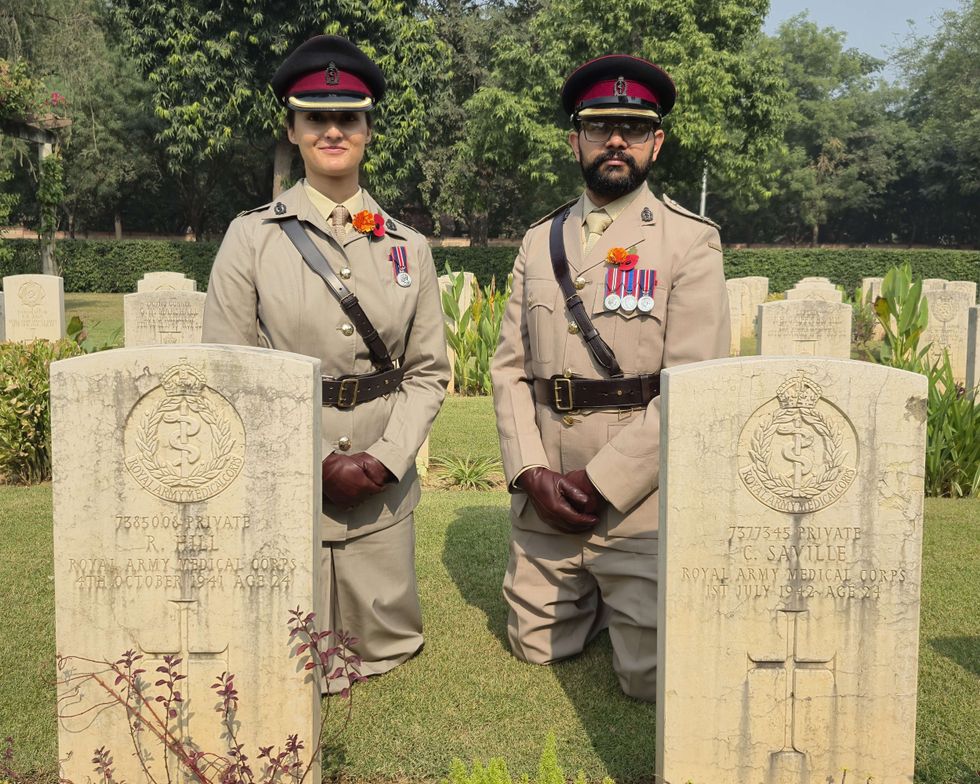




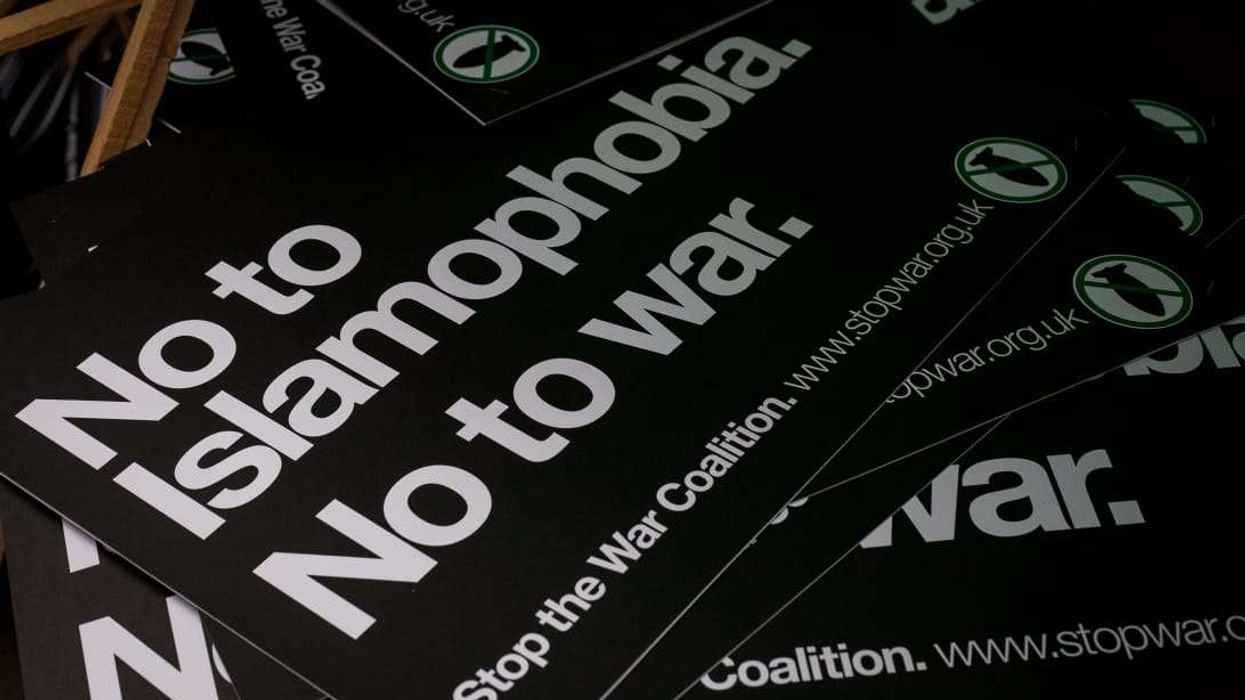
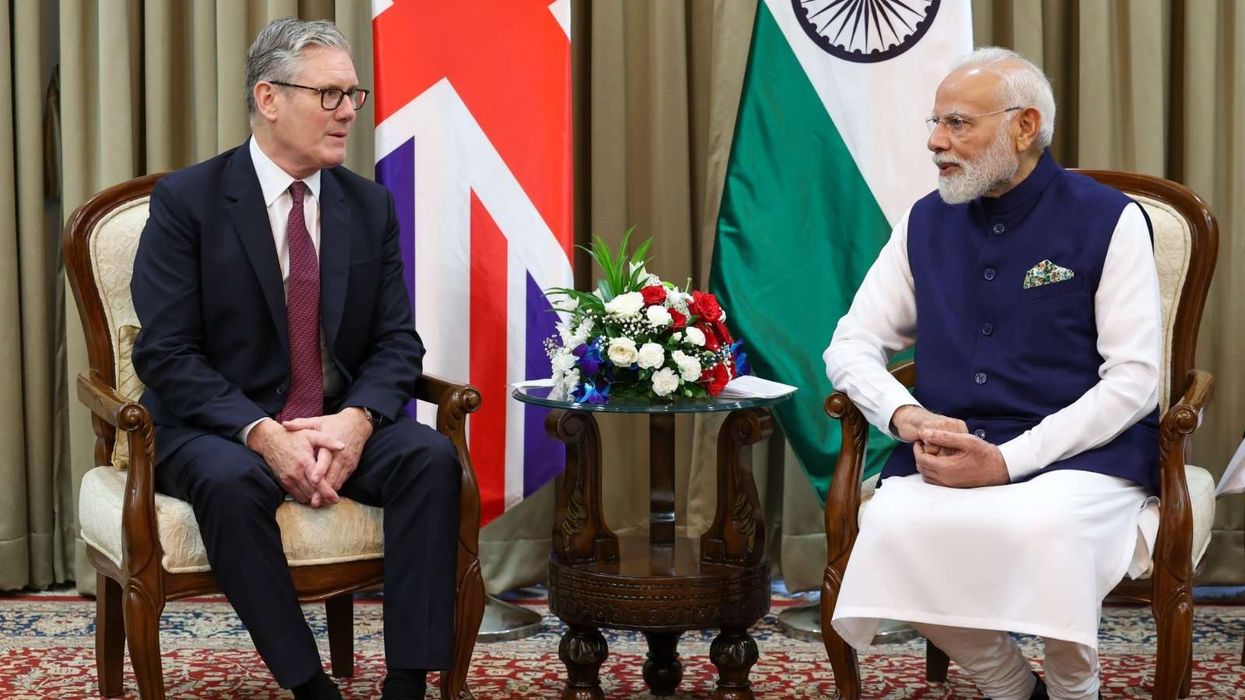
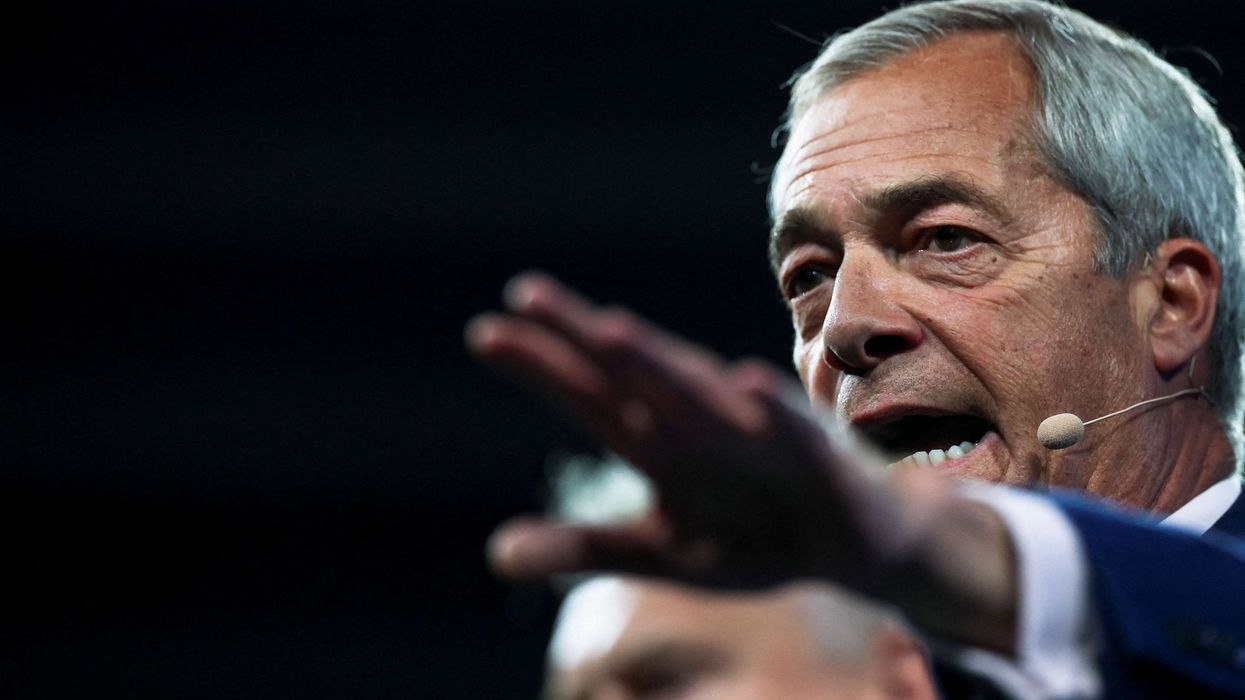
Home-grown hate